First, the symptoms of harm
Symptoms of canola root disease appear in the roots. These "tumors" are spindle-shaped or irregularly deformed, mainly occurring on the main root and less on the lateral roots. In the early stage, the "tumor" surface is smooth and white, and the color will gradually turn brown and the surface will be rough. Cracks will occur after a long time. These cracked "tumors" are easily infested by other pathogens and rot and smell. At the beginning of the disease, at noon, due to the high temperature, the transpiration of rapeseed increased, and a lot of water was lost. At this time, due to the destruction of the "tumor" at the root, the water absorption and absorption capacity of the roots have been reduced, so in the case of water shortage. Under the ground, the above-ground part of the diseased plant is prone to wilting; in the morning and evening, when the temperature is low, the transpiration of rapeseed is small, and the water dispersion is less, so there is no wilting. As the disease continues to worsen, the diseased plant will completely languish or even die.
Second, prevention and treatment methods
   1. Prevention. For the prevention and control of canola root disease, we must start with cultivation management, eliminate or reduce the number of pathogens in rapeseed field from the source, and create an environment conducive to the growth of rapeseed and not conducive to pathogen growth.
Method: Do not call rapeseed seeds from the ward; and other non-cruciferous crops, preferably with rice rotation, heavy diseased fields for 4 to 5 years of rotation, can effectively reduce the disease; build rapeseed drainage facilities, deep trench narrow畦, clear the ditch to prevent water stains, reduce soil moisture; avoid planting rapeseed on low-lying stagnant water plots or acidic soils; use fly ash compound fertilizer to improve soil. Choose a field seedling without this disease to prevent the spread of germs. After the rapeseed is harvested, the sick plants should be burned or composted. Note: Compost must be decomposed before it can be used in rape fields. Taking the above measures can reduce many chances of getting sick, but it is not the case.
   2. Governance. When a small amount of tuberculosis plants appear in the field, it is necessary to remove the diseased plants in time and place lime in the diseased holes for soil disinfection. If there are more diseased plants, you can also use 50% carbendazim WP 500 times to irrigate the roots, 250 ml per plant ; or use 40% pentachloronitrobenzene powder 500 times solution to fill the roots, 400~500 per plant. ML can also effectively control the condition.
Â
Â
Â
Â
- OUTFIT YOUR ORGANIZATION: This bulk 100-piece retractable badge holder reel pack provides enough ID holders for your entire organization and is conveniently priced for affordability.
- LONG-LASTING BUILD: Contains a 26.5" retractable nylon cord with a stainless steel spring housed in an ABS plastic housing which offers durability for everyday wear.
- COMPACT DESIGN: Helps keep ID cards and name tags in place while sitting unobtrusively on your belt.
- EASY TO USE: A vinyl snap strap makes it easy to attach ID holders, name tags, and badges while offering immediate accessibility; ideal for maintenance, safety and security personnel.
- MEASUREMENTS: Extended cord length measures 26.5 inches, plastic housing measures 1.18 inches in diameter.
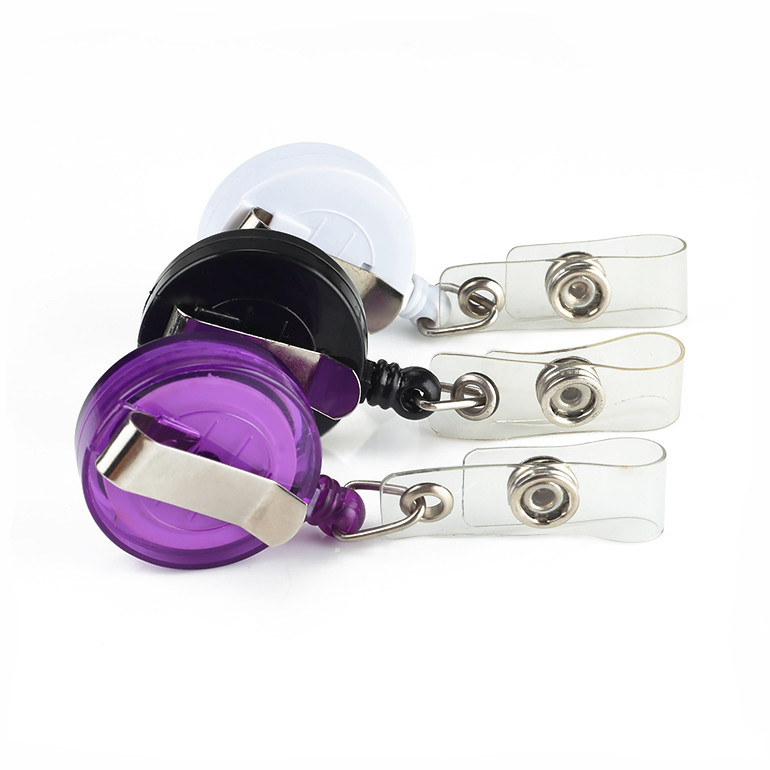
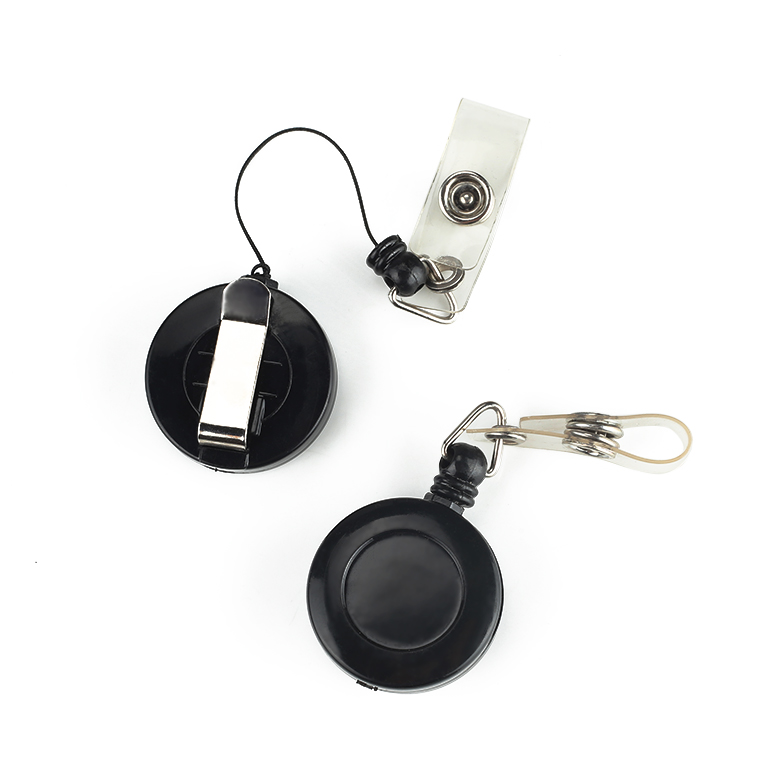
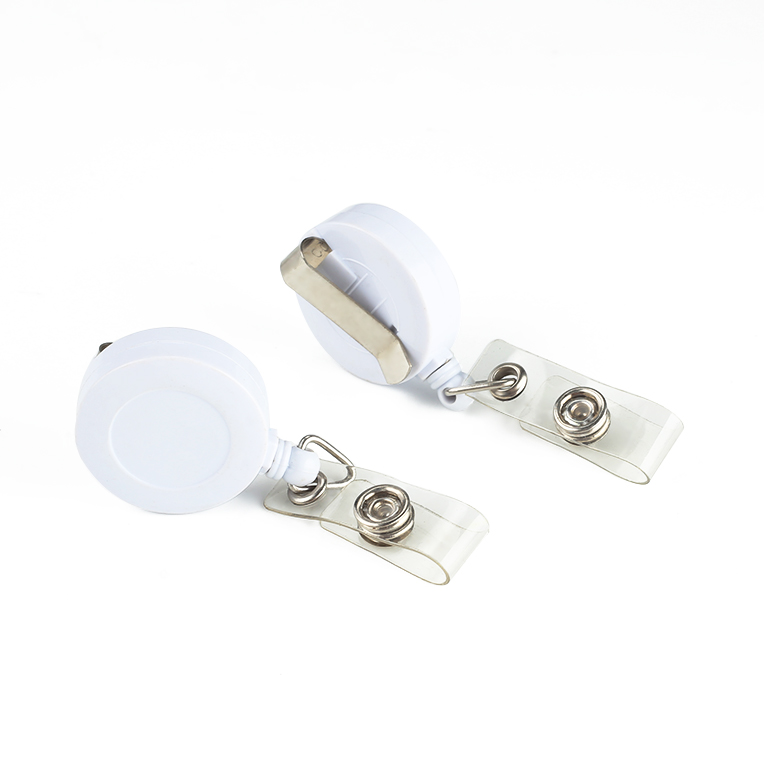
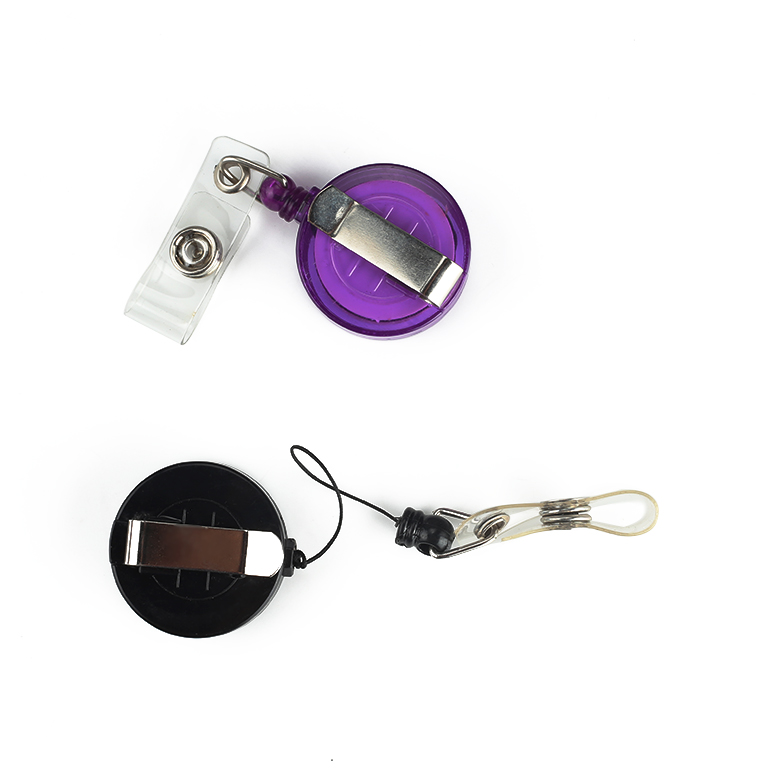
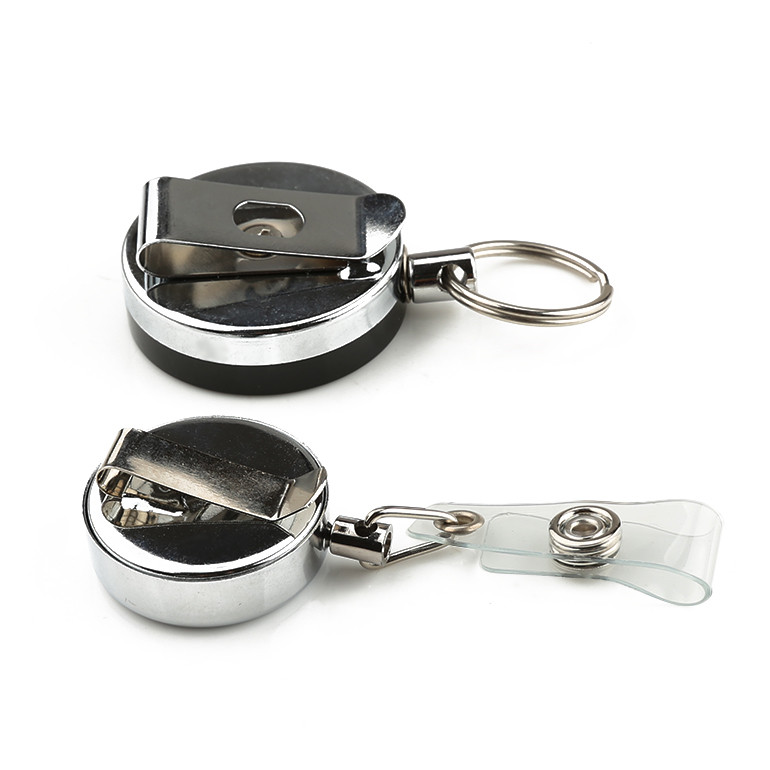
Metal ID Card Badge Reel,YoYo ID Card Badge Holder,Lanyards Id Badge Holder
Wintape Measuring Tape Company , https://www.wintapetape.com